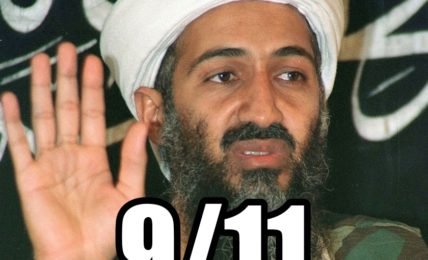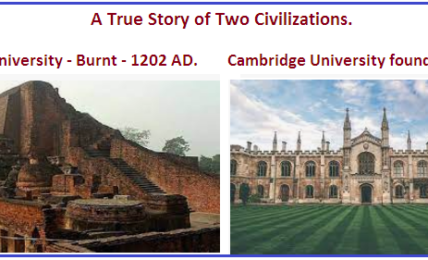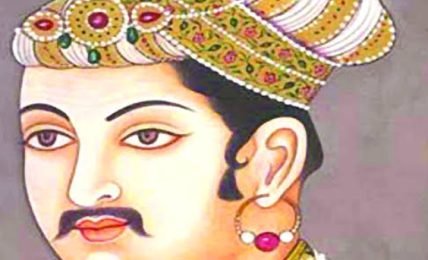Trilochanapala – The Last Shahi and the north indian confederacy against mahmud of ghazni
While the spirited fight the Shahis of Kabul put is a matter of legend, the story of their collapse and tracing the career of the last Shahi, Trilochanapala is equally captivating. He lost his kingdom immediately on ascending the throne, carved his own kingdom and even tried to launch an invasion to take back his kingdom, crushing his arch-nemesis Mahmud of Ghazni. While he died, his legacy stays in the form of India still being a Hindu country and the North Indian confederacy created to fight Mahmud and his successors ending with the destruction of Salar Masud and his army.





The descendants , of Kabul Shahis still live in Delhi , Mumbai .